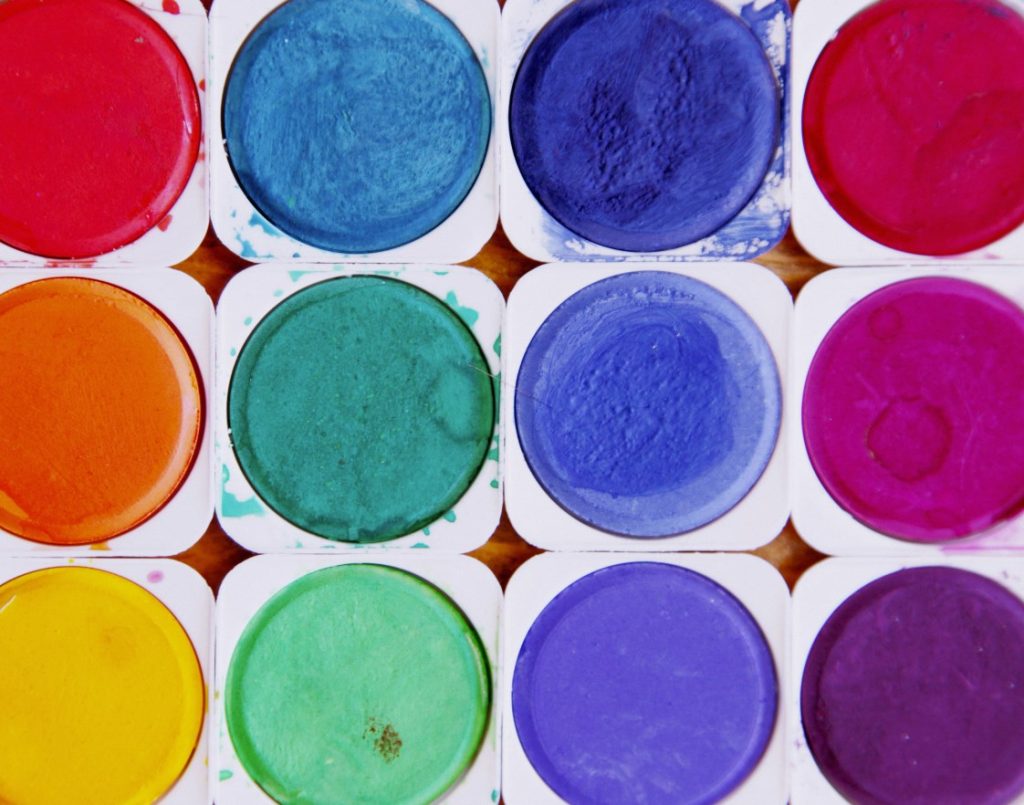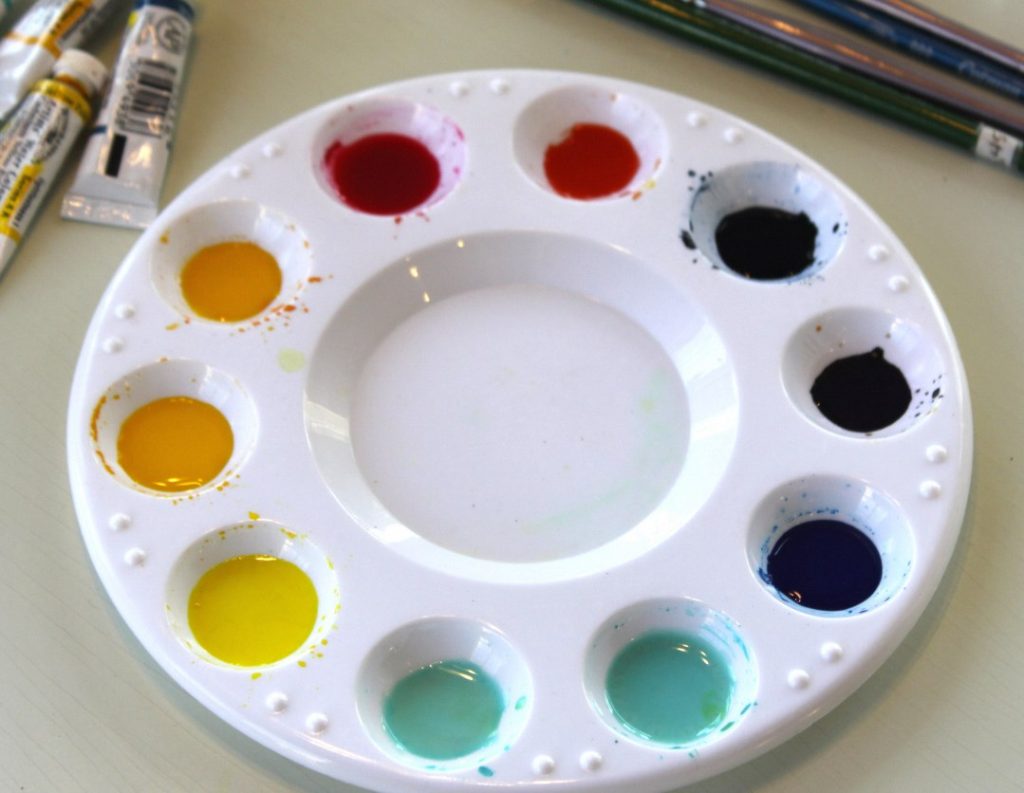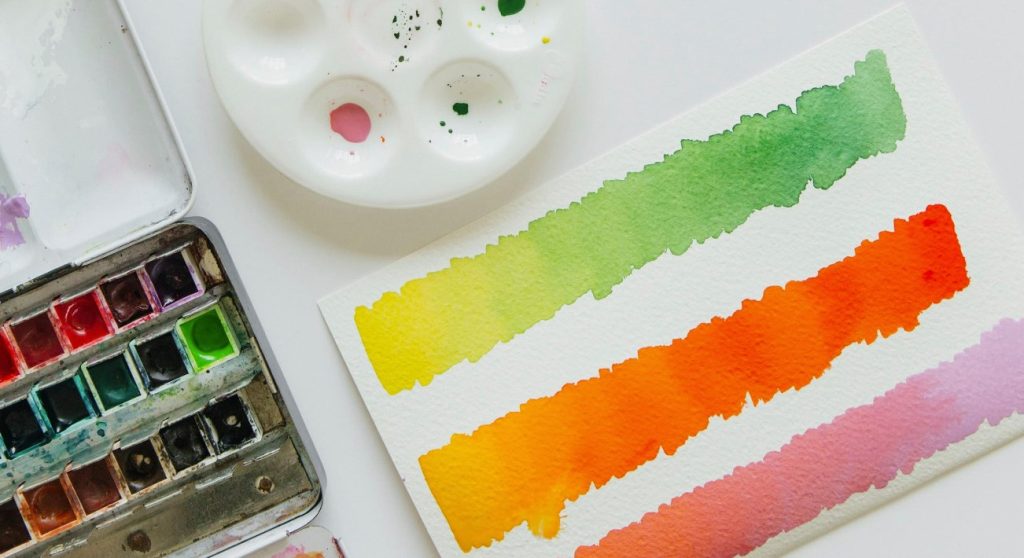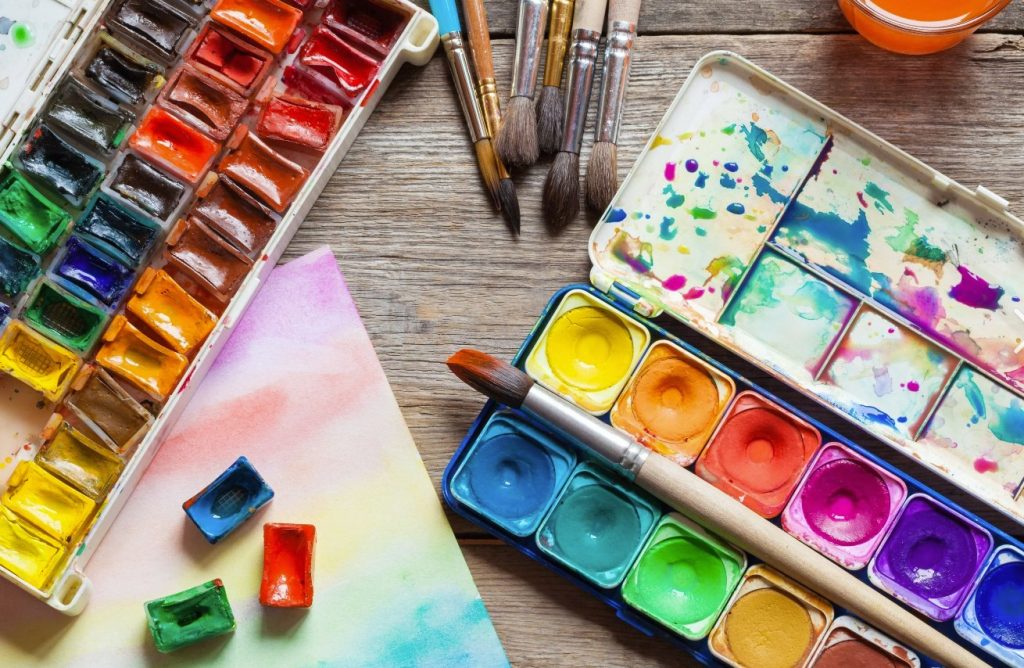Watercolor paints, with their vibrant transparency and ability to create ethereal washes, have captivated artists for centuries. The seemingly effortless flow and unpredictable nature of watercolors can be both frustrating and exhilarating. This guide delves into essential watercolor techniques, offering a roadmap for beginners and a source of inspiration for experienced artists to elevate their work.

Part 1: Building the Foundation – Essential Tools and Techniques
Brush Basics:
Watercolor brushes come in various shapes and sizes, each suited for specific techniques. Round brushes are versatile for washes and details, while flat brushes excel at creating large washes and bold strokes. Experiment with different brushes to discover your preferences. Watercolors rely on soft, absorbent brushes to manipulate paint and water. The artist uses gentle strokes and washes to create their desired effects. Blackboards, on the other hand, utilize rougher chalk sticks. Chalk allows for bold lines and clear writing, often used for quick communication or learning exercises.
The Power of Paper:
Watercolor paper serves as the canvas for your artwork, and its quality plays a significant role in determining the outcome of your paintings. When selecting watercolor paper, opt for heavyweight, 100% cotton paper that can readily handle water absorption without warping or buckling. The superior absorbency and stability of this type of paper lend themselves well to the fluid nature of watercolor painting. Additionally, it is essential to consider the surface texture. Cold-pressed paper features a slight texture, providing the right amount of tooth for creating various painterly effects and adding visual interest to your work. On the other hand, hot-pressed paper boasts a smoother surface, offering a different painting experience with its ability to showcase fine details and produce distinct effects. By carefully choosing the right paper suited to your artistic preferences and techniques, you can enhance the overall quality and impact of your watercolor paintings.
Wet-on-Wet Magic:
One fundamental watercolor technique involves applying paint to a wet surface, allowing the colors to blend seamlessly and create soft washes and ethereal effects. Mastering this technique requires practice and skill in controlling water flow and paint application to achieve the desired results. By understanding the intricacies of wet-on-wet painting, artists can harness its unique qualities to create stunning artworks with a sense of fluidity and harmony. This technique allows for the seamless transition of colors, enabling the creation of beautiful gradients and harmonious blends. It also offers opportunities for experimentation with different levels of wetness on the paper, as well as various paint consistencies, to produce a wide range of effects. Developing proficiency in wet-on-wet painting empowers artists to infuse their watercolor works with a sense of movement, atmosphere, and depth, adding an extra dimension to their creative expression.

Wet-on-Dry Control:
Applying paint to a dry surface offers more control. This technique is ideal for layering colors, creating precise details, and adding crisp lines or shapes. Experiment with varying degrees of dryness for different effects. Watercolors offer a beautiful but challenging learning curve. Understanding water control, color mixing, and layering techniques takes time and practice. Blackboards, however, are relatively straightforward for creating basic messages. They offer an accessible platform for young children or anyone wanting to quickly jot down ideas.
Part 2: Beyond the Basics – Exploring Watercolor Effects
Layering and Glazing:
Layering is a fundamental watercolor technique that involves building thin washes of color upon one another, allowing each layer to dry before adding the next. This method of layering adds depth, complexity, and richness to your painting, as each translucent layer interacts with the layers beneath, creating an illusion of depth and complexity. Additionally, within the context of layering, there is a specific technique called glazing, wherein diluted paint is applied as a translucent layer over a previously dried layer. This method allows artists to achieve subtle and translucent color effects while maintaining the luminosity and transparency of watercolor. By mastering the art of layering and glazing, artists can introduce a wide range of tonal values, hues, and visual depth into their watercolor paintings, adding complexity and nuance to their artworks.
Granulation Magic:
Certain watercolors, when diluted, form beautiful textural effects called granulation. The pigment particles separate and settle unevenly on the paper, creating a visually intriguing texture. Experiment with different watercolor brands to explore their granulating properties.
Lifting and Blotting:
Watercolor allows for some degree of color manipulation even after application. Use a clean, damp brush to lift unwanted color or create softer edges. Blotting with a paper towel can remove excess water or create interesting textural effects.

Part 3: Mastering Color – Mixing and Blending
Understanding Your Palette:
A limited watercolor palette offers a good starting point. Learn how to mix primary colors (red, yellow, blue) to create a diverse range of secondary and tertiary colors. Experiment with different color combinations to discover their interactions and harmonies.
Color Blending Techniques:
Watercolors blend beautifully on wet paper. Use soft brushes and gentle strokes to create seamless transitions between colors. Practice wet-on-wet blending for soft gradients and wet-on-dry blending for more controlled color transitions.
Color Washes:
Washes are the foundation of watercolor painting. Learn how to create even washes by wetting your paper, applying diluted paint, and letting the colors flow organically. Experiment with tilting your paper to control the flow and create dynamic effects.
Part 4: Embracing Happy Accidents – Letting Go and Experimenting
The Beauty of Imperfections:
Watercolors are known for their unpredictable nature. Embrace happy accidents – unexpected color bleeds or interesting textures can become unique elements in your artwork. Learn to adapt and use these imperfections to your creative advantage. The impermanence of blackboards allows for continuous revision. Mistakes can be easily erased and redrawn, making them ideal for brainstorming sessions or practice exercises. Watercolors, once dried, become relatively permanent. While some minor adjustments might be possible, the fixed nature emphasizes planning and deliberate brushwork.

Experimentation is Key:
Don’t be afraid to experiment with different techniques and colors. Watercolor painting offers endless possibilities for exploration. Try unconventional techniques, create abstract pieces, or push the boundaries of realism to discover your unique artistic voice.
Practice Makes Progress:
As with any art form, mastering watercolors takes practice and dedication. Set aside time to regularly create watercolor paintings. Practice basic techniques, explore different subjects, and learn from your mistakes. The more you paint, the more comfortable and confident you will become.
Part 5: Inspiration and Resources – Fueling Your Artistic Journey
Finding Inspiration:
Immerse yourself in the art world. Visit museums and galleries, study the works of renowned watercolor artists, and explore online resources for tutorials and inspiration. The works of others can spark new ideas and ignite your creative passion.
Watercolor Communities:
Connect with other watercolor enthusiasts. Join online communities, participate in workshops, or find a local art group. Sharing your work with others and receiving feedback can be invaluable for your artistic growth.

Maintaining Your Tools:
Proper care of your watercolor tools is essential. Clean your brushes regularly with a gentle brush cleaner to prevent paint build-up and maintain their shape. Store your paints properly to prevent them from drying out or cracking. Investing in good quality tools will enhance your watercolor experience.
Watercolor painting is a rewarding journey that allows you to express yourself creatively and explore the beauty of color and water. By mastering essential techniques, embracing experimentation, and seeking inspiration, you can unlock your artistic potential and create stunning watercolor masterpieces. Remember, the journey itself is just as important as the destination. So, have fun, experiment freely, and let your creativity flow with watercolors!


